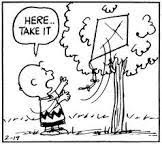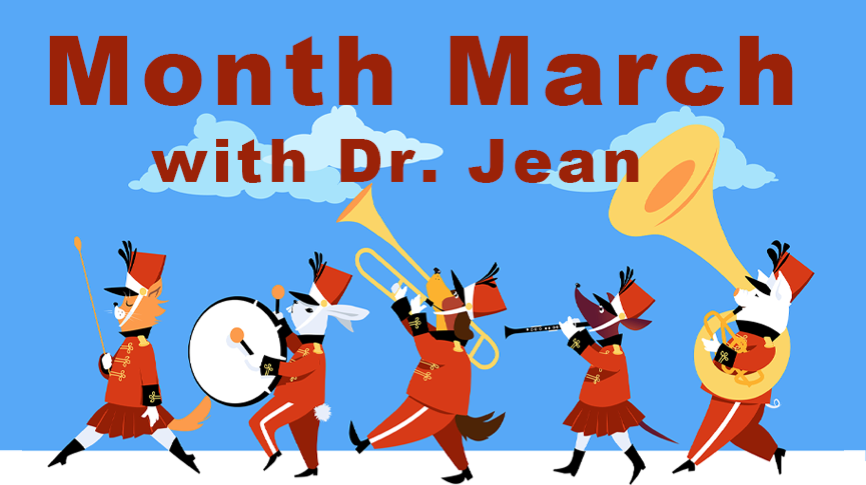A mnemonic device helps you recall how to spell a word or how to remember a string of words or a phrase that stands for more complicated information. I can remember my fourth grade teacher standing at the board saying, “My father taught me how to spell geography by saying: George Elliott’s Oldest Girl Rode A Pig Home Yesterday.” Some days I can’t remember my phone number, but I’ll never forget how to spell geography! I’m sure all of you have had a similar experience and can attest to the power of these clever tricks.
Note!! I know this isn't that meaningful for young children, but you might need to know this if you are ever on "Jeopardy" or if you're helping older children with homework. Besides, I just felt like giving you (and me) a LEAP YEAR break today!Homes – The Great Lakes are:
Huron,
Ontario,
Michigan,
Erie, and
Superior.

Planets
My (Mars)
very (Venus)
eager (Earth)
mother (Mars)
just (Jupiter),
served (Saturn)
us (Uranus)
noodles (Neptune).
Roy G. Biv – He’s your friend when it comes to the color spectrum.
Red,
orange,
yellow,
green,
blue,
indigo,
violet.

Directions
Never (North)
Eat (East)
Soggy (South)
Weenies (or Sour Watermelon) West
*Point to the directions as you say this.

Spelling BECAUSE -
Big
Elephants
Can
Always
Understand
Small
Elephants
Spelling ARITHMETIC (Bridget Weaver)
A
Rat
In
The
House
Might
Eat
The
Ice
Cream
Continents
Eat (Europe)
an (Antarctica)
aspirin (Asia)
after (Africa)
a (Australia)
nutty (North America)
Sandwich (South America).

Months of the Year
Thirty days hath September, April, June, and November.
All the rest have thirty-one excepting February alone;
Which hath but twenty-eight, in fine, till leap year gives it twenty-nine.
*Hold up knuckles on both hands. Point to the knuckles as you name the months. The months with 31 days will be the tall knuckles and the months with 23 or 30 days will be the lower spots in between.
Multiplication by Nine – Hold up ten fingers.
1 x 9 (One - put down left pinky and nine ones will be left.)
2 x 9 (Two – put down second finger/left pinky and you’ll have 1 ten and 8 ones.)
3 x 9 (Three – third finger down for two tens and seven ones.)
4 x 9 (Four – fourth finger down for three tens and six ones.)
5 x 9 (Thumb down for four tens and five ones.)
6 x 9 (Right thumb down for five tens and four ones.)
7 x 9 (Right pinky down for six tens and three ones.)
8 x 9 (Right middle finger down for seven tens and two ones.)
9 x 9 (Right ring finger down for eight tens and one.)

Do you have any mnemonic devices tucked away in your brain? I’d love to hear about them.














































